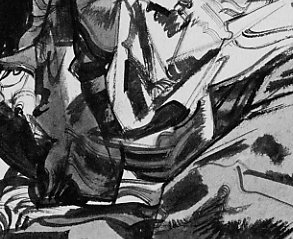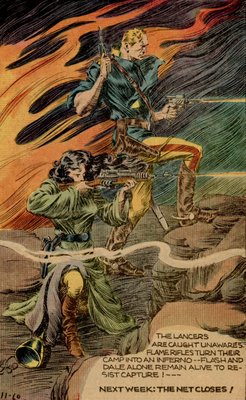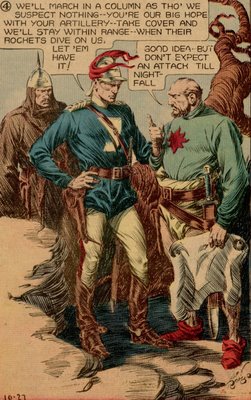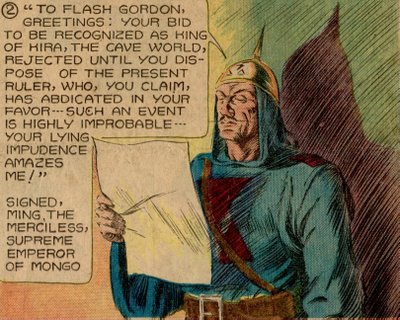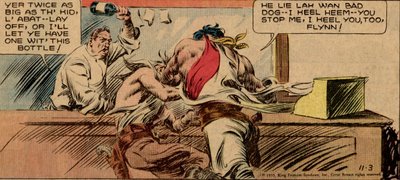
While it is great fun to talk about the larger landscape of art, sometimes we can see more by looking through a microscope than by looking out the window of an airplane.
That's especially true when you are talking about the intimate art of drawing. As I have noted elsewhere, I think art critic Roberta Smith got it exactly right when she wrote about the special quality of drawing:
Drawings are the most overtly delectable of all art forms...Drawings in general are like love letters. Personal in touch and feelng, physically delicate, they reflect the artist's gifts, goals and influences in the most intimate terms... [They are] a direct extension of an artists's signature and very nervous system.
So I think it makes sense to take time out from bloviating about the art world to reflect on an individual drawing. I will be doing this on a regular basis, to bring attention to selected examples of long forgotten treasure and to give my detractors a better understanding of what I mean when I write about the great potential of drawing.
I am posting here a drawing by Austin Briggs which has hung outside my bedroom door for ten years. This drawing of a World War II monument in Paris was executed with a dull crayon, yet it conveys astonishing subtlety and sensitivity. The virtuoso Briggs could've threaded a needle while wearing boxing gloves.
Notice in the detail above how Briggs has captured the man's stooped posture, his raised shoulder encircling his companion, his neck projecting from his collar, the bald crown of his head, and how effectively the simple indication of an ear conveys the man's reverse profile. With a crude tool and a primitive line, Briggs conveys more wisdom and insight about his subject than a thousand other artists might have conveyed using modern, precise tools and the most labored approach. Now that's drawing!
The statue, too, is rendered in a marvelous, vigorous way. Using nothing but talent and the simplest of tools-- a single black stick of wax-- Briggs created a symphonic range of effects to convey great power: shading, smearing, applying different pressure for different values, all applied with a confidence that reinforces the power of his subject. I hung this simple drawing outside my door ten years ago and I still learn something new from it almost every day.



